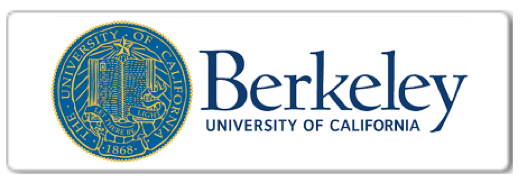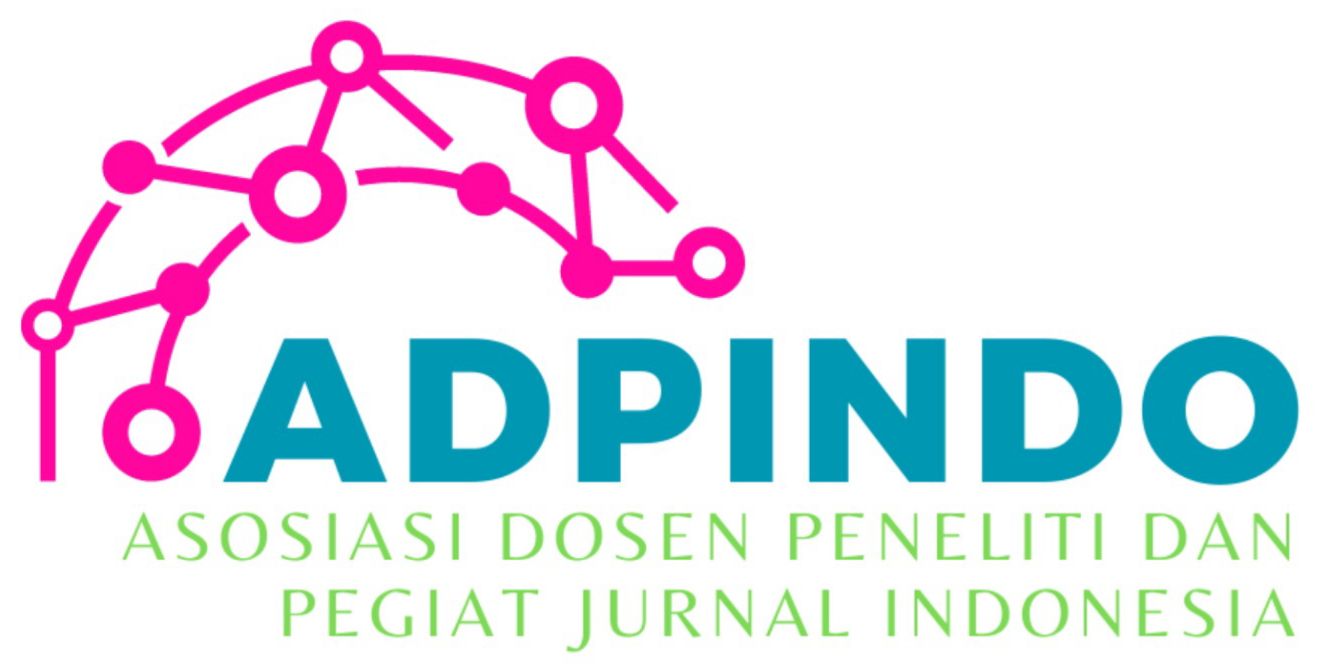PREDICTION OF FINANCIAL DISTRESS IN PROPERTY AND REAL ESTATE COMPANIES IN INDONESIA: LIQUIDITY RATIO, LEVERAGE RATIO, ACTIVITY RATIO, PROFITABILITY RATIO, GROWTH RATIO
Main Article Content
Desy Purwanti
Riski Ulan Sari
This study aimed to examine the effect of the ratio liquidity, leverage, activity, profitability and growth on the probability of financial distress. Liquidity is measured by quick ratio, leverage is measured by debt ratio, activity is measured by total asset turn over, profitability is measured by gross profit margin and growth is measured by net profit growth. The population in this study are all property and real estate company listed on the Indonesia Stock Exchange in 2014 until 2016. The total samples tested were 41 company selected by purposive sampling technique. This research analyzes financial distress through company annual report by using content analysis method. Data analysis techniques use panel data regression with EViews 9.0 program. These results indicate that the ratio of activity and profitability affect the financial distress. While the ratio of liquidity, leverage and growth don’t affect the financial distress.
Almilia, S. L., &; Kristijadi. (2003). Financial Ratio Analysis to Predict Financial Distress of JSE Listed Manufacturing Companies. Indonesian Journal of Accounting and Auditing (JAAI), 7(2).
Andre, O. (2013). The Effect of Profitability, Liquidity, and Leverage in Predicting Financial (Empirical Study on Various Industry Companies Listed on the IDX). Thesis of Faculty of Economics, Padang State University.
Bodroastuti, T. (2009). The Effect of Corporate Governance Structure on Financial Distress. Thesis of the Faculty of Economics, Widya Manggala College of Economics.
Eksandy, A & Freddy H. (2017). Accounting and Finance Research Methods, Panel Data Regression Analysis and Panel Data Logistic Regression Using Eviews Program. Tangerang: Faculty of Economics and Business, University of Muhammadiyah Tangerang.
Eksandy, A & Zulman, H. (2016). The effect of company size, profitability and leverage on Islamic Social Reporting disclosure in Islamic banking in Indonesia. Indonesian Journal of Accounting and Finance Research, 1(1).
Elloumi &; Gueyie. (2001). Financial distress and corporate governance: an empirical analysis. MCB university press, 1(1), 15-23.
Harjito, A & Martono. (2011). Financial Management. Yogyakarta : Econisia.
Utami, M. (2015). The Effect of Company Activity, Leverage, and Growth in Predicting Financial Distress (Empirical Study on Manufacturing Companies Listed on IDX for the 2009-2012 Period). Thesis of Faculty of Economics, Padang State University.
Widarjo, W., &; Setiawan D. (2009). The Effect of Financial Ratios on Financial Distress Conditions in Automotive Companies. Journal of Business and Accounting, 11(2), 107-119.
Widhiari, A., &; Merkusiwati N. K. L. A. (2015). The Effect of Liquidity Ratio, Operating Capacity, and Sales Growth on Financial Distress. E-Journal of Accounting Udayana University, 11(2), 456-469.
Yunanto, L. (2016). The Effect of Profit, Company Growth and Cash Flow on Financial Distress Conditions (Case Study on Mining Companies in the Coal, Metal and Other Minerals Sub-sector Listed on the IDX). Thesis of Faculty of Economics, PGRI University Yogyakarta.






































